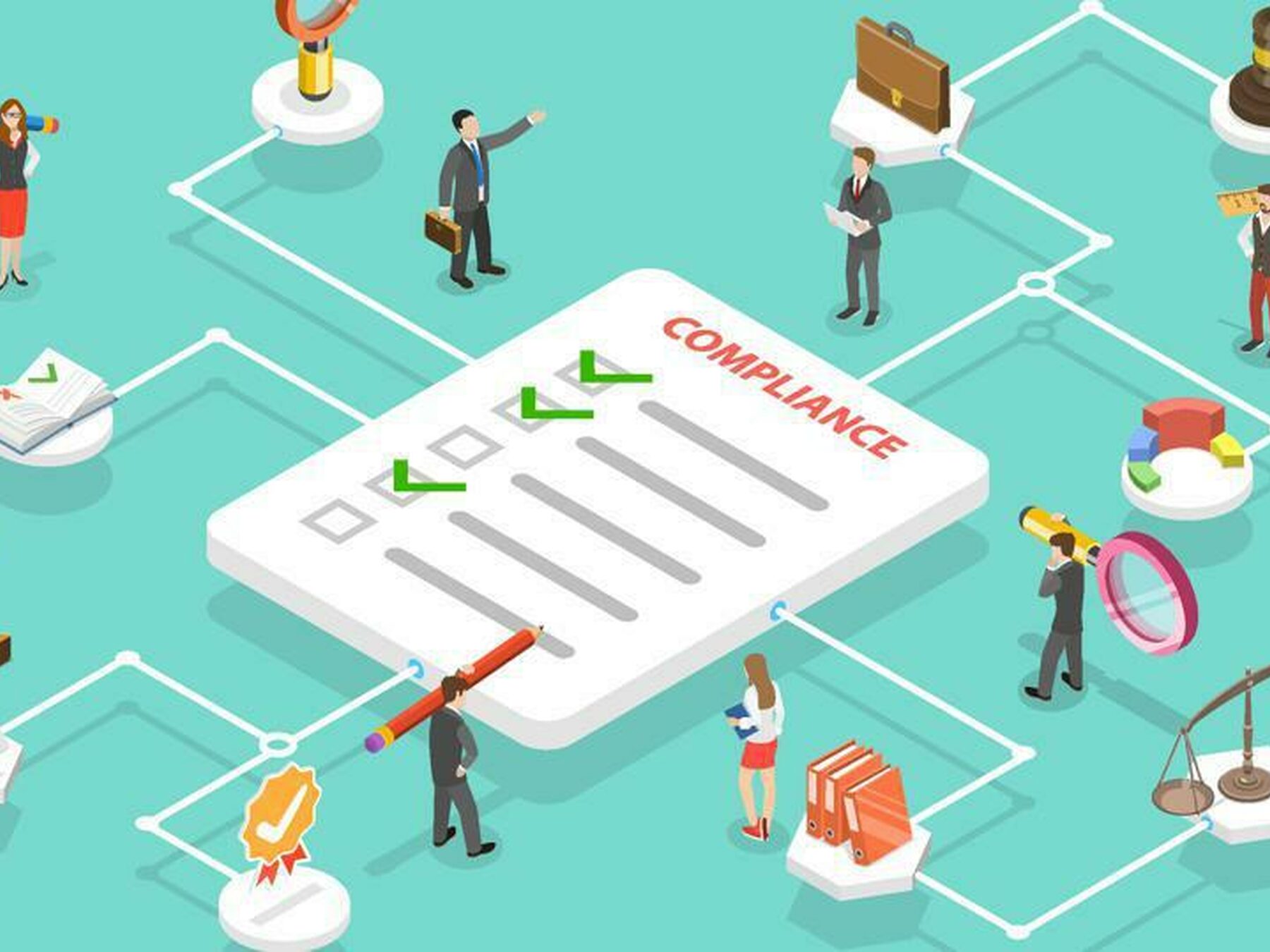As with all aspects of business operations, the absence of processes or policies sets the stage for legal complications, which can arise before, during, and after hiring a new employee. Hence, it's imperative to ensure compliance at every stage of the hiring process.
The hiring process involves multiple steps, alongside the ongoing support necessary to ensure employees' well-being and satisfaction within your team.
Each step necessitates a certain level of compliance, and adhering to a checklist-style approach for each stage can help maintain legal compliance.
During the interview stage, consolidate your interview procedures and questions, and establish protocols for reference checks.
In the hiring stage, solidify your offer letters, complete new hire paperwork, and draft legally sound contracts.
